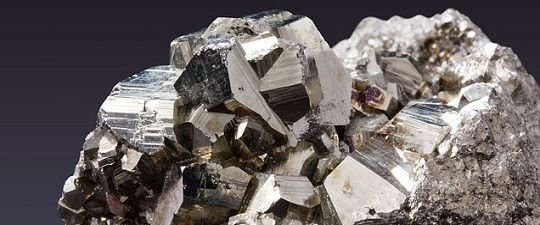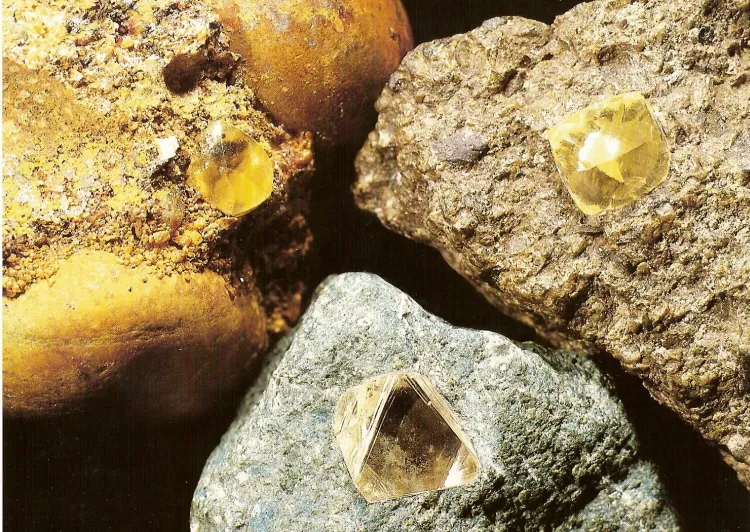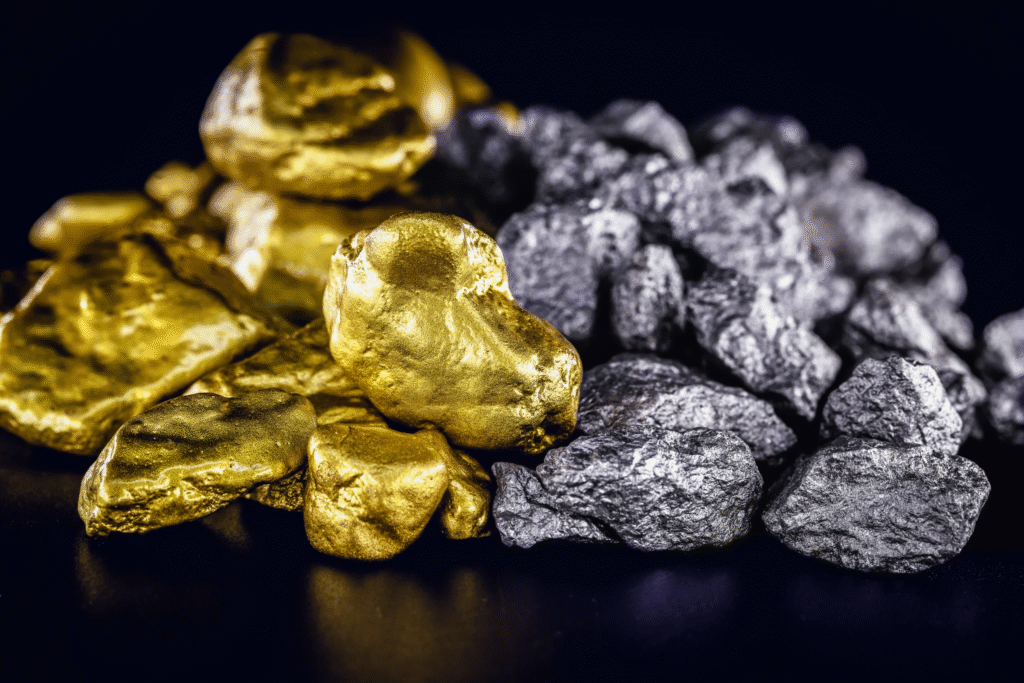Non-Industrial Minerals

When we talk about minerals, the term “industrial minerals” often comes up — referring to naturally occurring materials used in construction, manufacturing, and agriculture. But what about non-industrial minerals ? Are they less important, or do they simply serve different purposes?
In this blog, we’ll explore what non-industrial minerals are, how they differ from industrial minerals, and where they are commonly used.

What Are Non-Industrial Minerals?
Non-industrial minerals are typically minerals that are not used in bulk for industrial applications like construction, manufacturing, or agriculture. Instead, they are valued for:
- Their aesthetic appeal (e.g., gemstones)
- Their metallic content (e.g., gold, silver, copper)
- Their use in electronics, energy, or defense (e.g., rare earth elements)
These minerals are usually metallic or precious in nature and are often processed to extract metals or used in high-value, low-volume applications .
Common Examples of Non-Industrial Minerals
| Gold | Metallic | Jewelry, investment, electronics |
| Silver | Metallic | Jewelry, coins, solar panels |
| Copper | Metallic | Electrical wiring, plumbing |
| Iron Ore | Metallic | Steel production |
| Diamonds | Gemstone | Jewelry, industrial cutting tools |
| Emerald, Sapphire, Ruby | Gemstone | Luxury jewelry, collectibles |
| Rare Earth Elements | Specialty | Electronics, batteries, defense tech |
| Uranium | Energy | Nuclear power generation |
How Are Non-Industrial Minerals Used?
1. Precious Metals and Jewelry
Gold, silver, and platinum are primarily used in jewelry and decorative items , valued for their luster, rarity, and durability

2. Electronics and Technology
Minerals like copper, silver, and rare earth elements are essential in smartphones, computers, and renewable energy systems . For example:
- Copper is used in circuit boards and wiring
- Rare earth metals are crucial for electric vehicle batteries and wind turbines

3. Investment and Currency
Gold and silver are also used as investment assets , often in the form of bullion or coins , and are considered safe-haven assets during economic uncertainty.

Non-Industrial vs. Industrial Minerals: Key Differences
| Primary Use | Manufacturing, construction, agriculture | Jewelry, electronics, investment |
| Form | Bulk, raw, processed | Refined, polished, specialized |
| Value | Lower per unit, used in large quantities | High per unit, used in small amounts |
| Extraction Focus | Quantity and availability | Purity and quality |
| Examples | Limestone, gypsum, silica sand | Gold, silver, diamonds, rare earths |
Why Non-Industrial Minerals Matter
Even though they’re not used in the same volume as industrial minerals, non-industrial minerals play a critical role in the global economy . They drive:
- Luxury markets (e.g., gold and diamonds)
- High-tech industries (e.g., rare earth metals)
- National security and energy sectors (e.g., uranium)
Their economic value per unit often far exceeds that of industrial minerals, making them strategic resources for many countries.
Final Thoughts
While non-industrial minerals may not be used in the same way as industrial minerals, they are no less important. From the gold in your ring to the rare metals in your smartphone , these minerals shape our economic, technological, and cultural landscapes .
Frequently Asked Questions (FAQs)
Q1: What is the difference between industrial and non-industrial minerals?
A: Industrial minerals are used in bulk for construction, agriculture, and manufacturing, while non-industrial minerals are typically metallic or gemstone materials used in jewelry, electronics, and investment.
Q2: Is gold considered a non-industrial mineral?
A: Yes, gold is primarily classified as a non-industrial mineral due to its use in jewelry, currency, and investment.
Q3: Are rare earth elements industrial or non-industrial?
A: Rare earth elements are often considered non-industrial because they are used in small, high-value applications like electronics and defense technology.
Final Tip:
Want to learn more about how minerals power modern life? Stay tuned for our upcoming posts on rare earth minerals , conflict minerals , and ethical sourcing in the mining industry .

